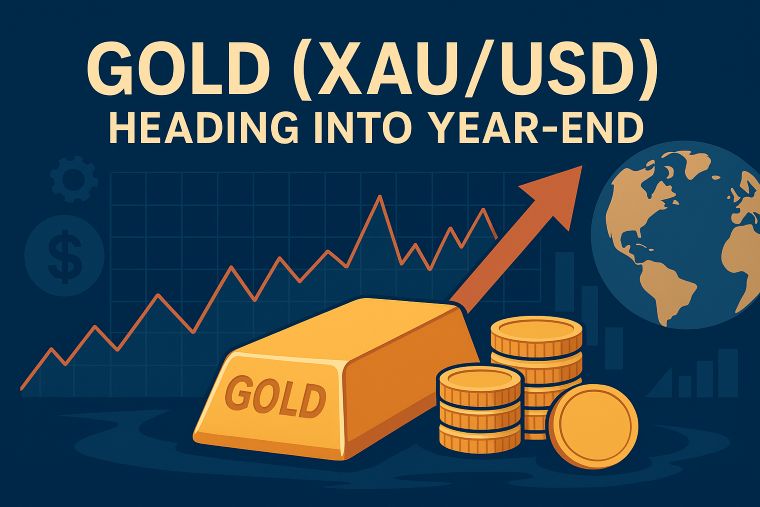4 min to read
the US dollar continues to decline while the stock market rises
The weak US producer price index has increased

“As US retail sales data is about to be released, the US dollar continues to decline while the stock market rises”
The weak US producer price index has increased the credibility of predictions that the Federal Reserve Board (FRB) will stop raising interest rates. The negative state of the US economy, which became clear with last week’s weak ISM index, was confirmed by this week’s release of the US CPI consumer price index and the US PPI producer price index, which became negative factors in the strong US employment statistics for March.
The producer price index showed that almost all measurements were below predictions and the previous month’s figures, suggesting that the US inflation rate slowed sharply in March. In addition, the weekly number of unemployment insurance claims has risen to a recent high of 239,000, indicating a slowdown in the US economy.
Today, attention is focused on US retail sales. Retail sales are predicted to decrease for the second consecutive month by 0.4%, making the situation quite challenging. However, with high expectations for the market’s prediction of the FRB’s interest rate hike suspension, the lower-than-expected forecast could be a surprise to the upside, causing market confusion.
The US dollar falls to a one-year low. The US dollar has been significantly damaged since the banking crisis, and the risk of a recession is increasing as it is expected to tighten the overall credit environment of the US economy.
During the FRB meeting in March, which was in the midst of the banking crisis, minutes revealed that members were not particularly concerned, and the panic has subsided. However, most economic data so far has shown a decline in the momentum of both growth pressure and price pressure. This is because the effect of the FRB’s interest rate hike is gradually becoming visible.
As a result, the US dollar has come under pressure over the past month, with the dollar index falling about 12% from its peak in September last year and hitting a one-year low. The US dollar is particularly weak against the euro, pound, and Australian dollar.
However, the US dollar has not fallen much against the Japanese yen because of the yen’s own vulnerability and the US dollar’s struggle. Even if today’s retail sales are strong and the US dollar starts to rise, the market is confident that the FRB will lower interest rates by the end of the year, so any increase is likely to be limited.
Euro on upward trend due to speculation of ECB interest rate hike. The euro may be the currency benefiting the most from the speculation of a potential interest rate cut by the Federal Reserve Bank (FRB) against the European Central Bank’s (ECB) interest rate hike.
Currently, the ECB is the last hawk standing as the global tightening cycle comes to an end. The Governor of the Bank of Slovenia, in a recent statement, suggested that ECB policy decisions in May may lead to a rate hike of 0.25% to 0.5%.
The euro has risen to its highest level against the US dollar in a year, reaching 1.1075 dollars. The pound has also stabilized around 1.2510 dollars, while the Australian dollar has slightly fallen from its rise yesterday.
This week, the Australian dollar has risen due to strong employment statistics in Australia and robust trade statistics in China. However, the Japanese yen is struggling due to the prediction by Haruhiko Kuroda, the new Governor of the Bank of Japan, that domestic inflation rates may fall below 2% in the latter half of this year. Despite wage increases, he has refrained from mentioning the possibility of significant tightening.
Nonetheless, the yen is generally strong today, while the dollar has slightly fallen to around 132.30 yen.
Tech stocks are performing well, but attention should be paid to the earnings reports of major banks today
Meanwhile, despite recession risks, the US stock market sentiment remains optimistic as the Federal Reserve’s pause in interest rate hikes looms.
The S&P500 recently reached a two-week high and rose by 1.3% at the close of trading.
Tech stocks are also performing well, with Netflix leading with a 4.6% increase, resulting in a 2.0% rise in the Nasdaq Composite Index.
Netflix’s earnings report is expected next week, and the market appears to be anticipating increased revenue from a subscription model that includes new advertising.
Today, earnings reports for the first quarter from major banks such as Citigroup, Wells Fargo, and JP Morgan are scheduled.
The market will evaluate whether these major lenders were affected by financial stress in the local bank sector, mainly small and medium-sized banks.
E-mini futures are currently trading slightly lower ahead of these earnings reports.
If there are indications in these earnings reports that lending standards have significantly tightened, it is entirely possible that recent gains in the US stock market will be offset.
Visit XM Official Website.

